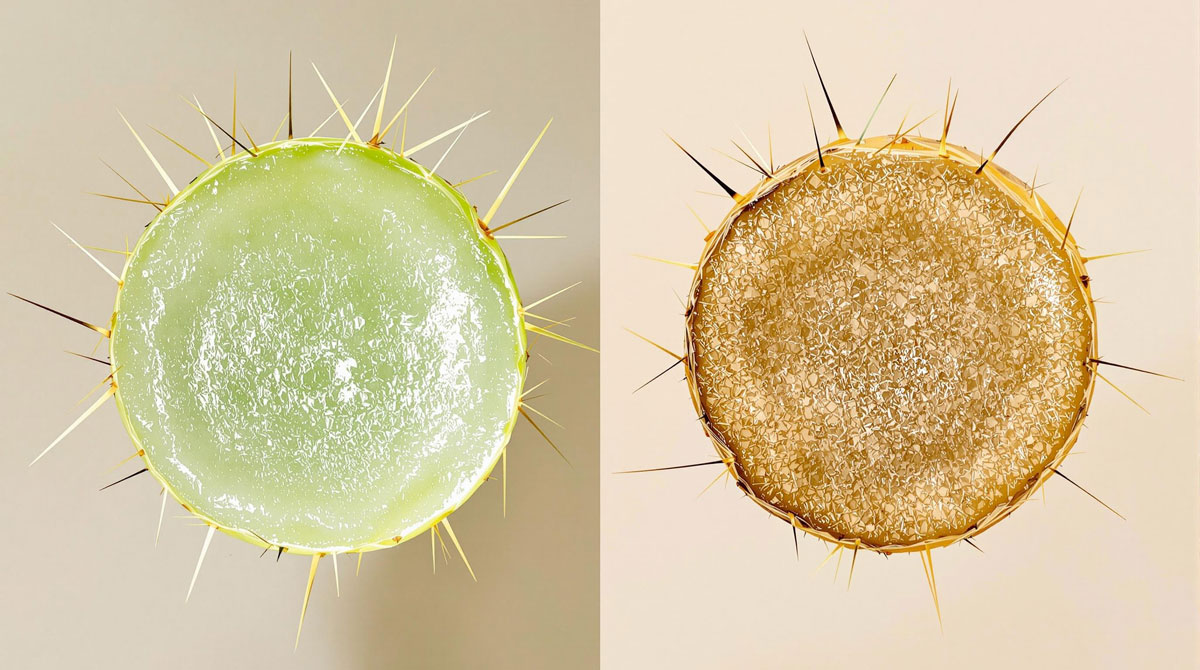Propagating cactus plants is an exciting and cost-effective way to grow your collection, share plants with friends, or preserve rare varieties. Propagation allows gardeners of all skill levels to multiply their plants while enjoying the satisfaction of nurturing new growth.
The versatility of propagated cacti is also a major plus—they make perfect low-maintenance gifts, unique landscaping additions, or statement pieces for indoor spaces. In this guide, you’ll learn step-by-step techniques for propagating cacti through cuttings, offsets, seeds, and grafting, along with troubleshooting tips and aftercare advice to ensure success.
What is cactus propagation?
Propagation is the process of growing new plants from parts of an existing plant. For cacti, this typically involves cuttings, offsets (pups), seeds, or grafting.
Why propagate cacti?
- Save money by expanding your collection for free.
- Grow rare varieties that may be hard to find commercially.
- Preserve a healthy plant by propagating broken or damaged pieces.
- Create new plants for gifts or home décor.
While propagation may seem daunting, it’s a straightforward and rewarding process with the right techniques.
Choosing the right cactus for propagation
Not all cacti are propagated the same way, so it’s important to match the method to the species. Use this quick reference table to determine the best approach:
| Cactus type | Propagation method | Examples |
|---|---|---|
| Clumping cactus | Offsets (pups) | Mammillaria, Echinopsis |
| Columnar cactus | Stem cuttings | Trichocereus, Cereus |
| Small globular cactus | Seeds | Astrophytum, Ferocactus |
| Grafted cactus | Grafting | Moon cactus (Gymnocalycium on Hylocereus) |
Methods of propagating cactus plants
1. Propagation through cuttings
Cuttings are one of the easiest and most popular methods for propagating cacti.
- Select a healthy stem or pad: Use a clean, sharp knife to cut a healthy section from the cactus.
- Allow the cutting to callus: Place the cutting in a dry, shaded spot for 3–7 days until the cut surface forms a callus.
- Plant the cutting: Use a pot with well-draining cactus soil and plant the cut end about an inch into the soil.
- Water sparingly: Wait about a week before watering, then water only when the soil is completely dry.
- Monitor for roots: Roots typically form within 2–6 weeks. Test by gently tugging the cutting for resistance.
Recommended species: Opuntia (prickly pear), Euphorbia, Trichocereus.
2. Propagation from offsets (pups)
Offsets are small plants that grow around the base of a mature cactus.
- Identify mature offsets: Wait until the offsets are at least 1/3 the size of the parent plant.
- Separate the offsets: Use a clean knife or gently twist them off by hand.
- Callus the offsets: Allow the cut area to dry and callus for 2–3 days.
- Plant in soil: Place the offset in a pot with well-draining soil and avoid watering for a few days.
Recommended species: Echinopsis, Mammillaria, Gymnocalycium.
3. Propagation through seeds
- Harvest or purchase seeds: Collect seeds from cactus flowers or buy them online.
- Prepare the growing medium: Use a sterile mix of 2 parts sand, 1 part perlite, and 1 part soil.
- Sow the seeds: Lightly press seeds onto the surface and mist with water.
- Cover and maintain humidity: Cover with plastic wrap and place in indirect light at 70–80°F.
Recommended species: Astrophytum, Ferocactus, Lophophora.
4. Grafting cactus plants
- Select compatible plants: Choose a rootstock and scion, such as Gymnocalycium on Hylocereus.
- Make a clean cut: Slice the top of the rootstock and bottom of the scion.
- Attach and secure: Align the vascular rings and secure with rubber bands.
Essential tools and materials
- Sharp knife or pruning shears (sterilized)
- Rubbing alcohol
- Gloves for handling spiny cacti
- Well-draining cactus soil mix
- Optional: heat mat, plastic wrap, grafting tape
Common mistakes to avoid
- Overwatering newly propagated plants.
- Skipping the callusing step for cuttings or offsets.
- Using regular potting soil instead of well-draining cactus soil.
- Introducing direct sunlight too quickly.
Aftercare tips for propagated cacti
- Water only when the soil is completely dry.
- Gradually introduce light.
- Monitor for pests like mealybugs or fungus gnats.
Conclusion
Propagation is one of the most rewarding and accessible ways to grow your cactus collection, save damaged plants, or experiment with new species. Whether you’re using cuttings, offsets, seeds, or grafting techniques, following the right steps will set you up for success. Be patient, provide proper care, and enjoy the satisfaction of seeing your new cacti thrive.
FAQs
| Question | Answer |
|---|---|
What is the fastest way to root a cactus? |
The fastest way to root a cactus is by using stem cuttings. Allow them to callus, plant in dry, well-draining soil, and wait 2–6 weeks for roots to develop. |
Can you cut off a piece of a cactus and plant it? |
Yes, cut a healthy piece, let it dry and callus, then plant it in dry soil. |
How long should cactus cuttings dry before planting? |
3–7 days for smaller cuts; up to 2 weeks for larger cuttings. |
Can you root cactus cuttings in water? |
While possible, it’s not ideal as cacti can rot. Rooting in soil is more effective. |
How do I fix a cactus that broke in half? |
Allow the broken pieces to dry and callus, then replant them as cuttings. |
Can you propagate a cactus without roots? |
Yes, cacti can grow new roots from cuttings or offsets after callusing. |
How do I turn regular potting soil into cactus soil? |
Amend potting soil by mixing 1 part sand, 1 part perlite, and 1 part soil. |
Will a cactus regrow if you cut it in half? |
Yes, the bottom part will regrow, and the top can be propagated as a cutting. |
